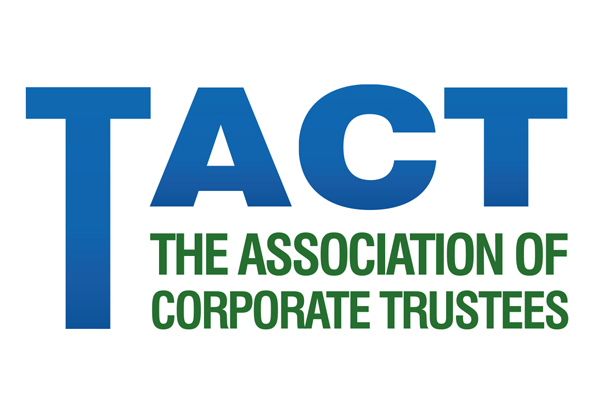Introduction
In the ever-evolving world of finance, regulations play a critical role in shaping the industry and ensuring that markets operate with transparency, efficiency, and fairness. One such regulation, which has had a significant impact on the European financial landscape, is the Markets in Financial Instruments Directive II (MiFID II). In this post, we will explore what MiFID II is, its key components, and how it applies in the United Kingdom.
What is MiFID II?
MiFID II is a comprehensive regulatory framework for the European Union’s financial markets that came into effect on January 3, 2018. It is a revision of the original MiFID, which was introduced in 2007, and aims to enhance investor protection, increase transparency, and ensure fair competition in financial markets across the European Union.
The primary objective of MiFID II is to create a more efficient, resilient, and transparent financial market by addressing the shortcomings exposed during the 2008 financial crisis. Additionally, it aims to harmonize the regulation of financial services across EU member states, thus promoting a single market for investment services.
Key Components of MiFID II
MiFID II covers a broad range of financial market activities, including trading venues, investment services, and financial instruments. Some of the key components of the regulation are:
- Enhanced Investor Protection: MiFID II introduces new requirements to ensure that investment firms act in the best interests of their clients. These include more stringent suitability assessments, increased product governance, and enhanced transparency in relation to costs and charges.
- Market Structure Reforms: To create a level playing field for market participants, MiFID II introduces new rules for trading venues, including the creation of Organized Trading Facilities (OTFs) and the regulation of Systematic Internalizers (SIs).
- Increased Transparency: MiFID II mandates pre- and post-trade transparency requirements for a broad range of financial instruments, aiming to improve price discovery and market efficiency.
- Reporting Requirements: Firms are required to report extensive information about trades and transactions to regulators and the public, enhancing market surveillance and aiding in the detection of market abuse.
MiFID II in the United Kingdom
Although the United Kingdom left the European Union in 2020, it retained most of the MiFID II regulations as part of its domestic law. The UK government has, however, made some amendments to tailor the rules to the specific needs of the UK market.
The Financial Conduct Authority (FCA) is the primary regulator responsible for implementing and enforcing MiFID II in the United Kingdom. The FCA ensures that firms comply with the rules and holds them accountable for any breaches of the regulations.
In recent years, the UK has been assessing the impact of MiFID II and considering potential changes to the existing framework. This ongoing review may result in further divergence from the EU rules as the UK seeks to strike a balance between regulatory alignment and a bespoke approach to financial market regulation.
Conclusion
MiFID II has significantly shaped the financial landscape in the United Kingdom and across the European Union. The regulation has brought about meaningful changes to investor protection, market structure, and transparency, ultimately promoting a more efficient and fair financial market. As the UK continues to review and adapt its approach to MiFID II, market participants must remain vigilant and adapt to the evolving regulatory landscape.





